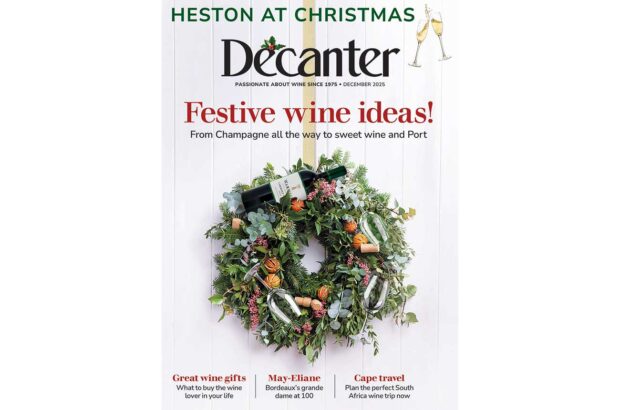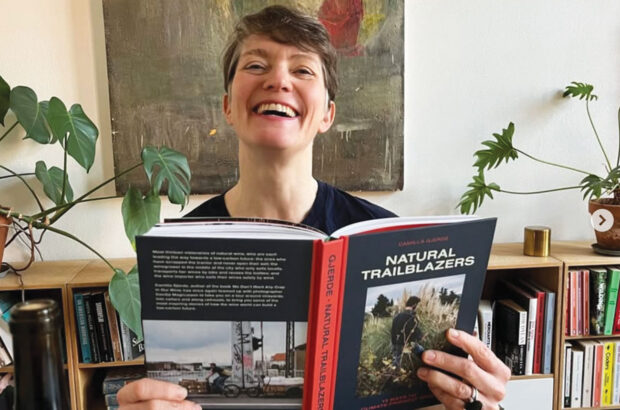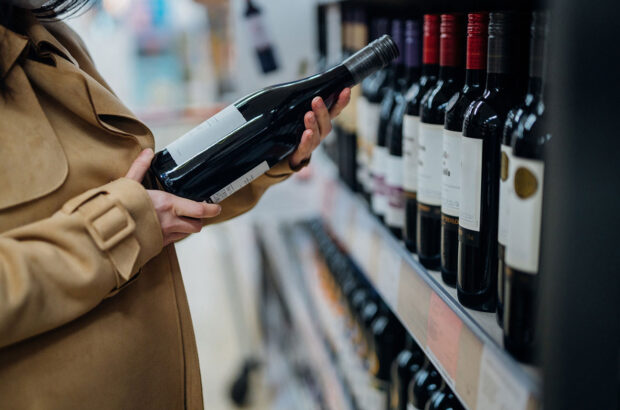Built in conjunction with local geospatial experts MapHQ, and based upon AMW’s original Wine Map of Marlborough, the freely available digital platform overlays topography, temperature, rainfall and soil data onto high-resolution photography, accompanied by commentary from winemakers and viticulturists. The result is a fascinating exploration of how terroir shapes style and variety across the region’s sprawling patchwork of subregions, providing professionals and enthusiasts alike with an entirely new way to engage with the region.
Users can toggle between individual layers, tracing how cool night temperatures snake up the Awatere, comparing rainfall totals, and discovering why Sauvignon Blanc from Seaview differs from that of Dillon’s Point, or how Omaka’s Pinot Noir contrasts with that of its neighbour, Brancott. It’s equal parts atlas, climatology lesson and wine guide.
The map also deepens understanding of Marlborough’s growing subregional identities. Once simply divided into three main zones – Wairau, Southern Valleys and Awatere – it has become increasingly evident that this neat segmentation no longer reflects the complexity on the ground. AMW’s cartography uses water catchment areas, climate data and soils to define three macro regions and eight subregions, allowing users to drill down into the vineyard-level detail that is increasingly referenced on premium labels.
AMW chair Sophie Parker-Thomson MW called the map ‘a quantum leap in communicating Marlborough’s diverse wine story.
‘For the first time, we are offering a dynamic, visual exploration of how our distinctive subregions and microclimates stylistically contribute to our wines. It’s an indispensable resource for anyone seeking to deepen their understanding of what makes the Marlborough wine region, and the AMW certified wines produced here, so exceptional,’ she added.
Beyond its marketing potential, the map – now freely accessible on the AMW website – arms consumers with a user-friendly tool to explore the region’s quality-focused producers. It helps distinguish those telling the subregional story from the more generic, brand-driven offerings, and is expected to evolve as new data layers and vintage overlays are added, rewarding repeat visits driven by curious wine lovers.







